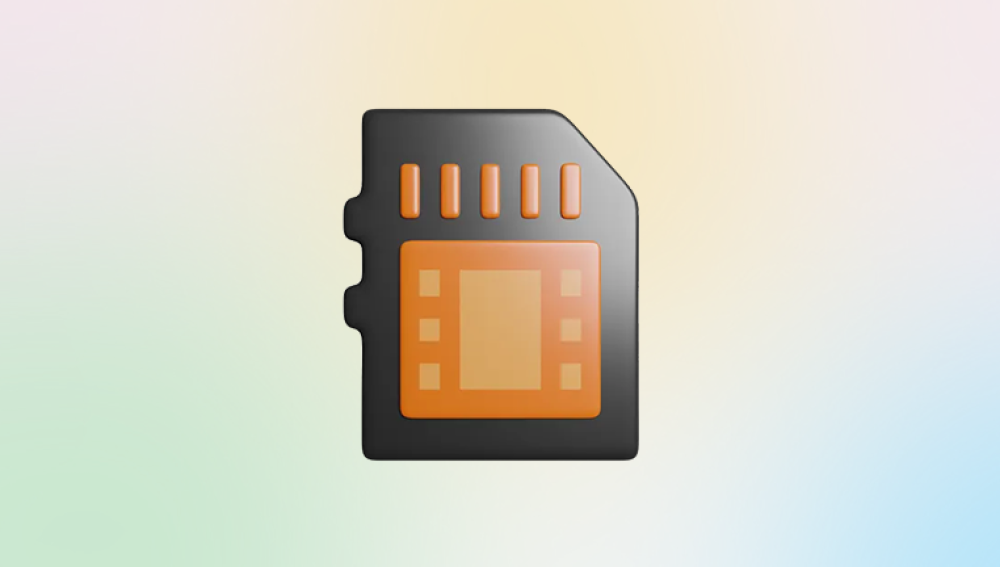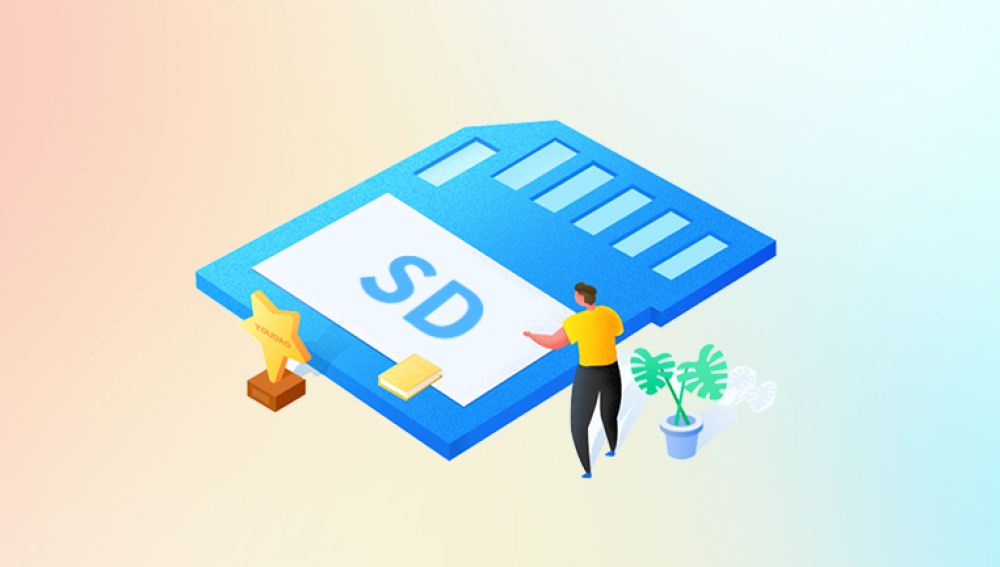These thumbnail-sized storage devices offer an excellent blend of portability and capacity, making them ideal for storing everything from critical documents and work files to cherished photos, videos, and app data. But what happens when your microSD card fails or you accidentally delete important files?
What Is Micro SD Card Data Recovery Software?
MicroSD card data recovery software is a specialized utility designed to scan and restore lost, deleted, or corrupted files from microSD cards. These programs are engineered to recover data lost due to:

Accidental deletion
Formatting
File system corruption
Virus or malware infection
Physical damage (limited cases)
Transfer interruptions
Improper ejection from devices
When a file is deleted from a microSD card, the operating system removes its reference from the file system, but the data remains until it's overwritten. Recovery software scans for these data remnants and reconstructs files when possible.
How Does Micro SD Card Recovery Software Work?
The software uses various algorithms to deep-scan the storage device. Here’s how it typically functions:
Device Detection
Once inserted into a card reader and connected to a computer, the software identifies the microSD card as a drive.
Scanning Phase
Quick Scan: Identifies recently deleted files.
Deep Scan: Searches for deeply buried or fragmented files using file signatures and metadata.
File Analysis
The software categorizes found data by type (documents, photos, videos, etc.) and offers previews.
Recovery
You select the desired files, and the software restores them to a specified folder—ideally not on the same card to avoid overwriting.
Common Reasons for Data Loss on MicroSD Cards
Understanding the cause can help prevent future incidents:
Human Error: Accidental formatting or deletion is the most common reason.
Corruption: From improper ejection or interrupted transfers.
File System Errors: Especially common when used across multiple devices.
Physical Damage: Water, heat, or physical bending can ruin the card.
Bad Sectors: Over time, sectors may degrade and become unreadable.
Malware: Especially on cards used in Android devices or public kiosks.
Key Features to Look For in Recovery Software
Not all recovery programs are created equal. When choosing microSD card data recovery software, consider the following features:
File Type Support
Should recover images (JPG, PNG, RAW), videos (MP4. MOV), documents (PDF, DOC), and more.
Deep Scan Capabilities
Essential for retrieving data from corrupted or formatted cards.
Preview Feature
Allows you to see if a file is recoverable before restoring it.
Filter/Search Functionality
Helps you find specific files among hundreds or thousands.
Read-Only Recovery
Prevents writing new data, ensuring original content isn’t overwritten.
Cross-Platform Compatibility
Works on both Windows and macOS.
Ease of Use
A simple, guided interface makes recovery less intimidating.
Top Micro SD Card Data Recovery Software Options
Here are some of the most trusted tools for microSD recovery:
1. Drecov Data Recovery
Overview:
Drecov Data Recovery is a reliable, beginner-friendly option tailored for recovering files from external storage like microSD cards.
Pros:
Easy to use
Fast scanning engine
Strong image and video recovery
File preview and selective recovery
Cons:
Free version has recovery limits
Best For:
Quick, hassle-free recovery of deleted or corrupted photos and videos.
Step-by-Step Guide: How to Recover Files from a MicroSD Card
Follow this general guide using any reputable recovery tool (such as Panda, EaseUS, or Disk Drill):
Step 1: Stop Using the Card
Immediately remove the card from its device to prevent overwriting.
Step 2: Insert the Card into a Reader
Use an SD adapter or USB card reader and connect it to your computer.
Step 3: Launch the Recovery Software
Install and open your chosen recovery tool. Select the microSD card from the list of drives.
Step 4: Perform a Full Scan
Start with a quick scan. If results are unsatisfactory, run a deep scan for more thorough recovery.
Step 5: Preview and Select Files
Browse through recovered files using filters or preview mode. Select the items you want to recover.
Step 6: Recover and Save
Save recovered files to your computer (not back on the microSD card).
Tips for Successful MicroSD Data Recovery
Don’t Format Immediately: Formatting can make data harder to recover.
Avoid Saving New Files: This can overwrite existing data.
Use a Quality Reader: Poor readers can cause connection issues.
Be Patient with Deep Scans: They can take hours but retrieve more data.
Check for Hidden Partitions: Some data may reside in them.
Preview Before You Restore: Reduces wasted time recovering broken files.
When Recovery Fails: Consider Professional Help
If your card is physically damaged, unrecognizable by your system, or if no software is able to detect it, it’s time to consider professional data recovery services. They use clean-room environments and proprietary hardware tools to extract data from damaged storage chips.
Services like DriveSavers, Ontrack, or Secure Data Recovery can sometimes recover data even from seemingly “dead” cards. However, costs can range from $200 to over $1.000 depending on the complexity.
How to Prevent Future Data Loss
Regular Backups: Use cloud storage or external hard drives to back up microSD data.
Safely Eject Devices: Always unmount cards properly before removal.
Avoid Interruptions: Don’t remove cards during file transfers.
Use High-Quality Cards: Stick with trusted brands like SanDisk, Samsung, and Lexar.
Update Firmware: Keep devices updated to prevent compatibility issues.
Scan for Malware: Especially after using the card in unfamiliar devices or computers.




